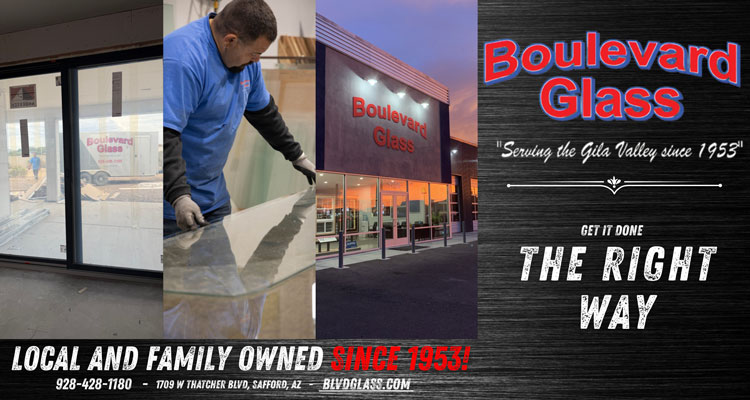Career growth has long been linked to technical knowledge, strategic thinking, and effective communication, but another key dimension is now gaining attention: embodied learning. This approach connects physical experience with intellectual and emotional development, shaping how people learn, adapt, and perform in their professional lives. It suggests that learning occurs through the entire body, such as through gestures, movement, posture, and sensory awareness.
As workplaces evolve toward more interactive, creative, and wellness-focused environments, embodied learning offers an innovative path for individuals seeking to deepen their professional capabilities and self-awareness.
Understanding the Concept of Embodied Learning
Embodied learning centers on the idea that the mind and body work together in all forms of learning. Instead of separating physical experience from cognitive understanding, it integrates them, emphasizing that our physical presence affects how we perceive, interpret, and act. In career contexts, this approach challenges traditional methods that rely solely on verbal or written instruction.
It recognizes that professionals often learn through doing, handling tools, interacting face-to-face, or interpreting subtle nonverbal cues. This fusion of action and reflection leads to more comprehensive skill development and sharper decision-making, which benefits employees and leaders. By embracing this approach, professionals can unlock deeper levels of understanding and performance.
The Role of Continuous Learning and Training
Continuous learning and ongoing training play a pivotal role in sustaining professional growth and adaptability. Platforms like IntegrativePsychology.org offer resources and insights that support integrative psychology training, allowing practitioners to deepen their understanding of mind-body connections, therapeutic techniques, and holistic approaches. For those in psychology and related fields, staying updated with changing theories and practical approaches ensures that skills remain relevant and effective.
Engaging regularly in workshops, seminars, or reflective practice enhances competence and confidence. This commitment to lifelong learning encourages professionals to adapt to new challenges, refine their methods, and maintain a high standard of care throughout their careers.
Connecting Physical Awareness with Professional Development
Physical awareness influences confidence, communication, and composure, which are important qualities for career growth. When individuals understand how posture, breathing, and movement affect their mindset and presence, they gain control over how they express themselves in professional situations. For example, maintaining a grounded posture during presentations can improve authority and clarity, while conscious breathing helps manage stress in high-pressure meetings.
These embodied techniques enhance personal comfort and interpersonal effectiveness, allowing professionals to build trust and project authenticity in their roles. Developing this awareness can improve resilience in challenging work situations.
The Science Behind Embodied Cognition and Learning
Research in neuroscience and psychology supports the connection between physical experience and mental processing. Studies show that sensory input and motor activity shape memory, comprehension, and creativity. This means that people who engage their bodies actively in learning, through gestures, simulations, or physical collaboration, tend to retain information more effectively.
This principle applies in professional environments where teamwork, negotiation, and leadership require real-time emotional and physical responsiveness. By embracing embodied learning, professionals strengthen neural pathways that connect thinking, feeling, and doing, leading to more integrated and resilient performance. This understanding provides a scientific foundation for integrating body-centered approaches into everyday professional practice.
Embodied Communication and Leadership Presence
Leadership often depends on presence, the ability to command attention and convey confidence without words. Embodied learning enhances this quality by teaching leaders to become aware of how their bodies communicate meaning. Gestures, facial expressions, and tone of voice all signal values and intent.
By aligning inner purpose with outer expression, leaders project authenticity and inspire trust. Embodied techniques help leaders manage energy, reduce performance anxiety, and engage with teams more effectively. In this sense, learning through the body becomes a gateway to stronger leadership identity and relational intelligence.
Building Creativity and Innovation through Movement
Physical movement stimulates creativity and innovation, which are valuable in changing industries. When people move, whether through walking meetings, creative workshops, or expressive arts, they activate different parts of the brain that support divergent thinking and problem-solving.
This connection between movement and imagination is one reason many organizations now encourage physical engagement as part of their culture. By integrating embodied learning into creative processes, professionals can break through cognitive blocks and generate fresh ideas that drive progress and adaptability in their careers.
Mindfulness and the Embodied Work Experience
Embodied learning naturally connects with mindfulness practices, which bring awareness to the present moment through body-centered attention. Professionals who cultivate this awareness develop greater emotional regulation and resilience. Instead of reacting automatically to stress or conflict, they learn to respond with intention and clarity.
This embodied mindfulness improves workplace relationships and productivity. It transforms career development from a purely external pursuit, measured by promotions or titles, into an inner process of grounded growth and self-understanding. Practicing mindfulness alongside physical awareness creates a balanced approach to professional life.
Adapting Embodied Learning Across Career Stages
Embodied learning supports individuals at every stage of their professional journey. Early-career workers can benefit from physical confidence and presence awareness, which help them navigate new environments. Mid-career professionals may use embodied reflection to reassess goals and manage transitions.
Senior leaders often apply body-based practices to maintain energy and authenticity under complex demands. By adapting embodied learning to their growing needs, professionals cultivate lifelong adaptability and self-mastery. This ongoing awareness becomes a foundation for sustainable growth, preventing burnout and enriching personal and organizational success.
Integrating Embodied Learning into Career Strategy
To make embodied learning part of career growth, professionals can adopt daily practices that connect mind and body. Simple actions, such as taking mindful breaks, standing with balanced posture before important conversations, or using gestures to reinforce communication, bring learning into lived experience. Organizations can support this integration by designing environments that value movement, sensory awareness, and reflection.
When embodied learning becomes a shared cultural value, it transforms how people learn and how they relate, lead, and innovate. Long-term implementation of these strategies can foster individual advancement and organizational success.

Embodied learning invites a shift from viewing professional growth as an intellectual pursuit to understanding it as a fully human process that engages body and mind. Through physical awareness, mindful movement, and sensory connection, professionals can expand their emotional intelligence, creativity, and leadership capacity. As workplaces evolve toward more holistic models of development, embodied learning offers a grounded and sustainable path forward, helping people grow in presence, confidence, and purpose.











